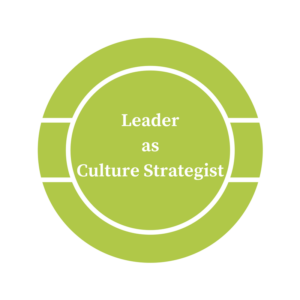 As Kathleen Hogan of Microsoft recently wrote, “culture is a hot topic” these days. It’s hot because there is finally a realization that culture matters to the success or failure of an organization.
As Kathleen Hogan of Microsoft recently wrote, “culture is a hot topic” these days. It’s hot because there is finally a realization that culture matters to the success or failure of an organization.
When we talk about success or failure it is almost always tied to money, so when money is on the line, people pay attention. For Microsoft, whose value had stagnated, something needed to change so CEO Satya Nadella set out to change the culture. As anyone who has taken this on knows, it’s not easy but necessary.
For a 40-year-old company, it’s hard, if not impossible without some significant leadership and executive level change. It looks like Microsoft is making all the right moves. Hogan cited these 10 things they have learned through the process, all of which I discuss in my talk on Intentional Culture although I created it years before I saw this article. It’s relatively simple, but not easy.
Microsoft’s Culture Change List:
- Honor your past, define your future
- Net it out, simple yet strategic
- You can’t fake it
- Have a purpose-driven mission
- Make symbolic changes big and small
- Make it who you are
- Communicate, communicate, communicate
- Let technology accelerate the change
- All oars in the water
- Stay humble, stay on course
First and foremost, this is about executing a strategy against the company values, the real values. It looks as though Microsoft has done a reset on those and then set out to authentically live them. Not everyone will be happy, particularly those who shared the values of the old regime and were happy with them. They will leave and that’s okay. A culture shift can’t occur with the anchors of the old values and culture still in place. They will sabotage the new every chance they get.
Values aren’t good or bad – they just are. They are lived or not. Those that are lived – as Hogan is describing – have cultures that thrive. Those companies whose values are not lived are a revolving door of talent and opportunity.
As the Culture Strategist (CEO) for the organization, it is your job to set this in stone, to live it every day and never let it be okay not to. The minute you say “ok” to a variation or compromise of the values, you have changed them. As they say, trust is given in a minute but takes a lifetime to rebuild and so it is with values. When the leader does not enforce the values, it is a sign that they don’t mean any more than the words on paper. Everyone watches the leader – what will they see?
Remember that the reason as leader you are the culture strategist is a practical one, cultural alignment produces results. It’s not just about a warm and fuzzy feeling, it’s tangible results for you, the company, the shareholders, and employees. No one can take away your values, only you can give them away. Be a good steward of you and your company.
